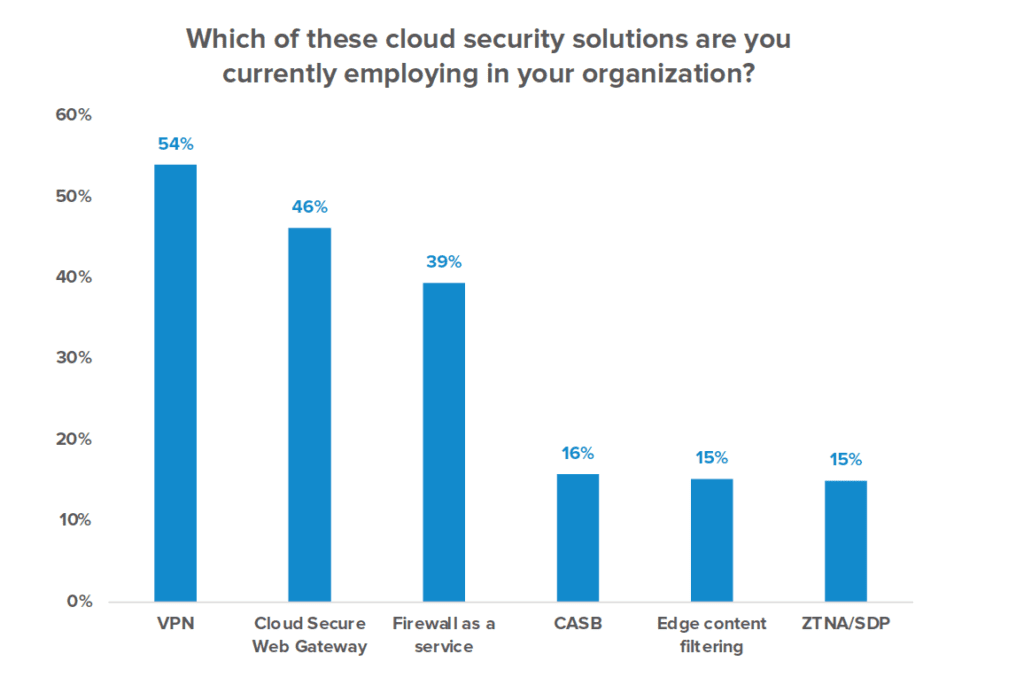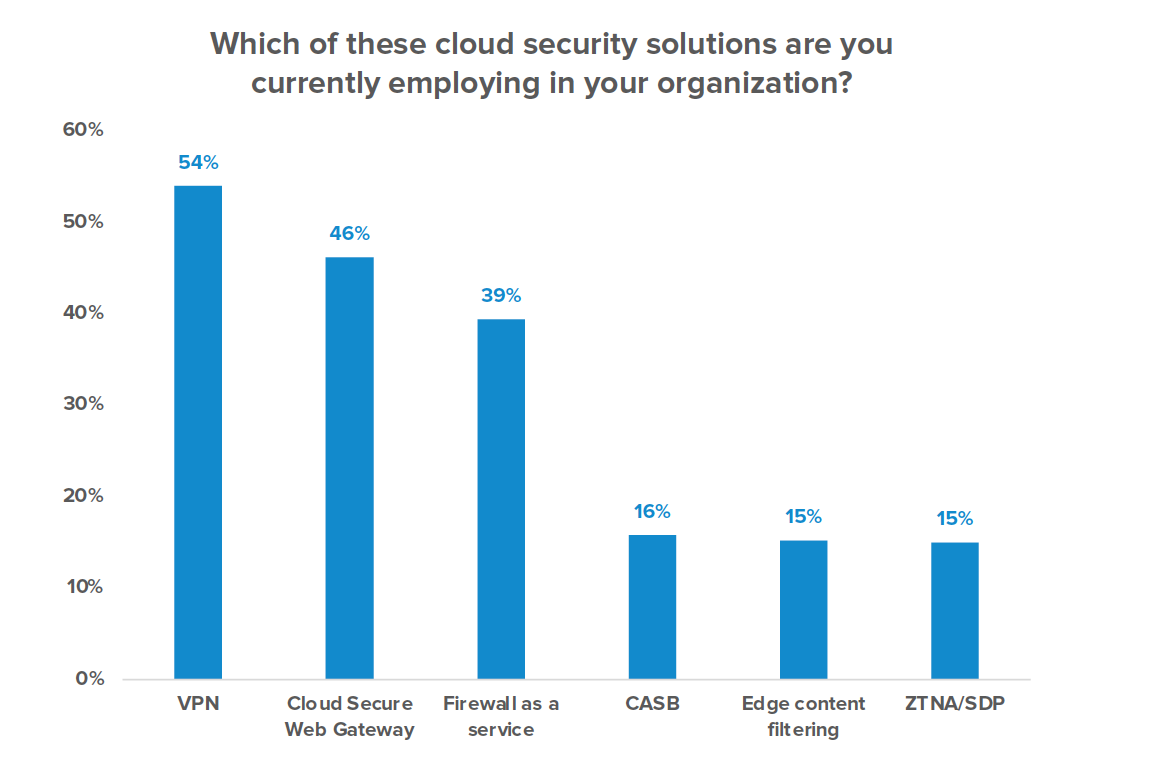
The headline sounds like we might be discussing three competing political groups. Instead of the RNC and the DNC, it’s the VPN vs. SDP vs. ZTNA. Only this time, it’s all about competing remote networking architectures.
Virtual Private Networks (VPNs) have been with us for some time. Of late, though, Software-defined perimeter (SDP—aka zero trust network access or ZTNA) vendors have been proclaiming the VPN to be dead, urging organizations to switch to this newer approach.
Read More: Why You Should Implement Zero-Trust Security in 2021
VPNs dominated 2020.
But a recent survey by NetMotion of 750 IT leaders found that VPNs continued to be the dominant cloud access security tool used by businesses. 54% relied on VPNs to provide secure remote access in 2020 compared to 15% utilizing ZTNA/SDP solutions.

Another survey done by the company found that 45% of organizations intend to continue to harness VPNs at least three more years.
ZTNA, SDP are on the rise; vendor count triples.
But the overall trend is away from VPNs. Matt Chisholm, Content Marketing Manager at NetMotion Software, expects that SDPs will eventually take over. But there are many factors that inhibit the instant switch to the newer technology.
“The transition will not occur overnight as most organizations have on-premise applications,” he said.
Meanwhile, the excitement over SDPs and their market potential is highlighted in the number of startups entering this space. The vendor count in SDP has grown from 10 to more than 30 in the past two years. And now, we see the big boys taking note. Some are developing their own SDP technology. Others are gobbling up the best and brightest among the SDP startups. Over the past year or two, Verizon has acquired Vidder SDP, OPSWAT has acquired Impulse, Symantec gained Luminate, and Proofpoint has acquired Meta Networks.
COVID accelerates the trend.
Having pushed many organizations further into the cloud than they anticipated, COVID-19 may have accelerated the trend from VPN to SDP. NetMotion numbers show that 70% of organizations are at least considering SDP adoption over the next year. The delaying factor is the extent of cloud adoption. Most have deployed more cloud resources of late, but few have gone all in. Only 4% of enterprises globally have fully migrated to the cloud, according to the survey.
While SDP is the latest and greatest, sluggish transition to the cloud is causing many enterprises to consider modernization of VPNs, firewalls, and secure web gateways (SWG) as a more viable approach than changing over to SDP. An interim alternative under consideration by some is to migrate their VPNs to the cloud. By doing so, they make it easier to both implement an enterprise cloud strategy, as well as open the door to eventual implementation of SDP.
Zero-trust technologies and policies are another potential driver of SDP adoption. Zero trust has become something of a security buzzword in recent months. With the topic under discussion in board rooms, ZTNA/SDP projects could find themselves more likely to receive a green light.
Nevertheless, VPN will persist.
The VPN vs. SDP vs. ZTNA battle is just beginning. But for the time being, the VPN is expected to stick around for another few years.
“When times got tough in 2020, IT leaders across the globe overwhelmingly turned to enterprise VPNs to provide secure remote access for thousands of employees,” said Chisholm. “This fact is so indisputable that it can be objectively argued that VPNs did more to ensure business continuity last year than any other technology did, or even could have done.”